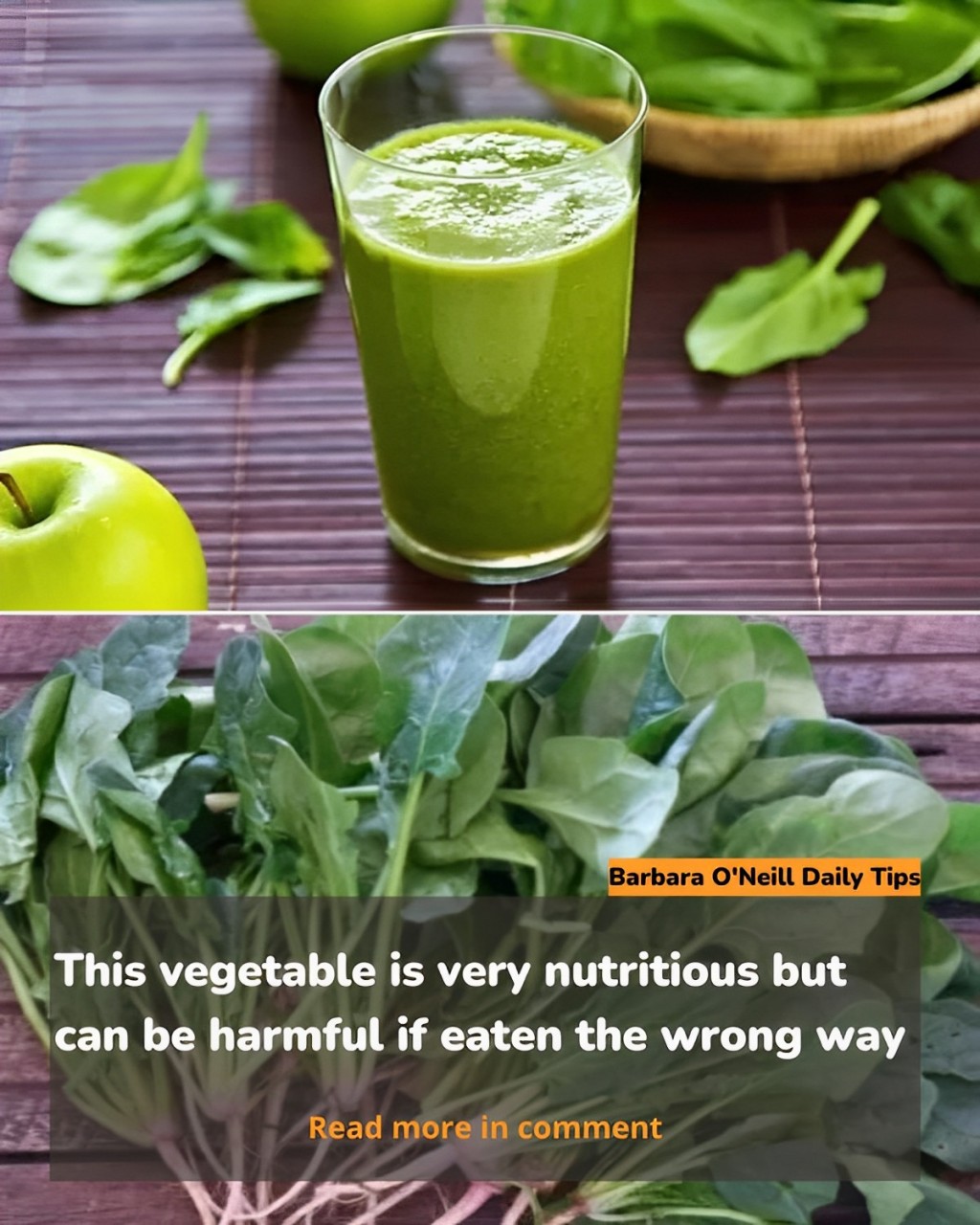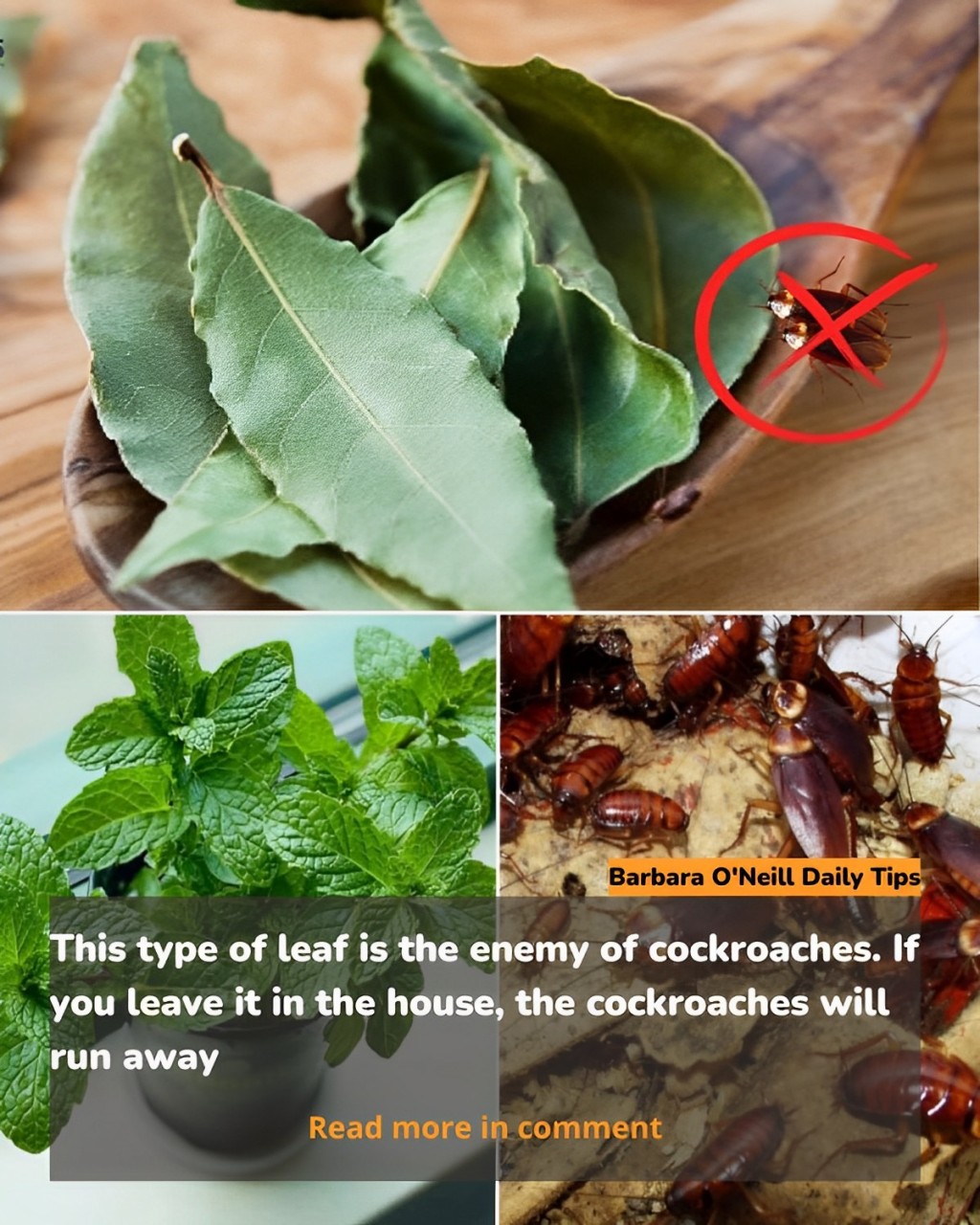Humidity in the home can be more than just a discomfort; it can lead to issues like mold growth, health problems, and damage to the house structure. However, solutions don’t always require modern technology. Sometimes, age-old wisdom, like that of our grandmothers, provides the most effective remedies.
The Science Behind Humidity and Its Effects

Humidity is essentially the amount of water vapor in the air. High humidity levels in homes can create an environment conducive to mold and mildew growth. It can also exacerbate respiratory problems and attract pests like dust mites.
Grandmothers’ Wisdom: Natural Solutions to Humidity
Our grandmothers often turned to simple, yet effective natural methods to combat humidity. These time-tested techniques are not only cost-effective but also environmentally friendly.
1. Ventilation: The Age-Old Method of Air Circulation

Understanding Ventilation: Proper air circulation is crucial in managing indoor humidity.
Practical Tips: Regularly opening windows and doors to create a cross breeze can significantly reduce moisture levels.
2. Salt: A Natural Dehumidifier

How Salt Works: Salt is a hygroscopic material, meaning it can absorb moisture from the air.
Using Salt Effectively: Placing bowls of rock salt in damp areas can help absorb excess moisture.
3. Plants That Reduce Humidity

Nature’s Dehumidifiers: Certain plants, such as Boston ferns and peace lilies, naturally absorb moisture through their leaves.
Selecting the Right Plants: Incorporating these plants into home decor can help maintain a balanced humidity level.
4. Charcoal Briquettes: An Unlikely Humidity Absorber
The Power of Charcoal: Charcoal briquettes can absorb moisture and neutralize odors.
How to Use: Place them in a basket in damp areas to reduce humidity.
5. Baking Soda: More Than Just a Kitchen Staple

Baking Soda’s Absorbent Properties: It can effectively absorb moisture and neutralize odors.
Application: Sprinkling baking soda on carpets and upholstery can help draw out moisture.
Advanced Tips from Grandma’s Kitchen

Homemade Dehumidifier: Create a DIY dehumidifier using a bucket, rock salt, and a small plastic container.
Natural Air Fresheners: Use citrus peels or essential oils to combat the musty smell often associated with high humidity.
Combining Traditional Wisdom with Modern Practices
While grandmother’s tips are invaluable, combining them with modern methods can provide comprehensive solutions to humidity problems.
1. Hygrometers: Monitoring Humidity Levels
The Role of Hygrometers: These devices measure the moisture level in the air, helping to manage humidity effectively.
Application: Use hygrometers to identify problem areas and adjust ventilation or dehumidification strategies accordingly.
2. Dehumidifiers: A Modern Solution
When to Use a Dehumidifier: In cases of excessively high humidity, a dehumidifier can be an effective tool.
Choosing the Right Dehumidifier: Consider the size of the space and the level of humidity when selecting a dehumidifier.
Preventive Measures: Keeping Humidity at Bay
Regular Maintenance: Keep gutters clean and repair any leaks promptly.
Insulation: Proper insulation, especially in areas like attics and basements, can prevent moisture buildup.
Conclusion: Embracing a Holistic Approach to Humidity Control
Controlling humidity in the home doesn’t have to be complicated or expensive. By embracing the wisdom passed down from our grandmothers and supplementing it with modern tools and knowledge, we can create healthier, more comfortable living environments.
FAQs: Understanding and Tackling Home Humidity
1. How often should I ventilate my home to reduce humidity?
Daily ventilation, especially in the morning, can significantly help.
2. Can indoor humidity affect my health?
Yes, high humidity can exacerbate allergies and respiratory issues.
3. Are chemical dehumidifiers better than natural methods?
It depends on the severity of the humidity problem; sometimes a combination of both is best.
4. How do I know if my home has a humidity problem?
Signs include condensation on windows, musty odors, and mold growth.
5. Can houseplants increase indoor humidity?
Some plants can add moisture to the air, so it’s important to choose the right ones for humidity control.
Incorporating these strategies into your daily routine can effectively manage indoor humidity, ensuring a comfortable and healthy home environment.





